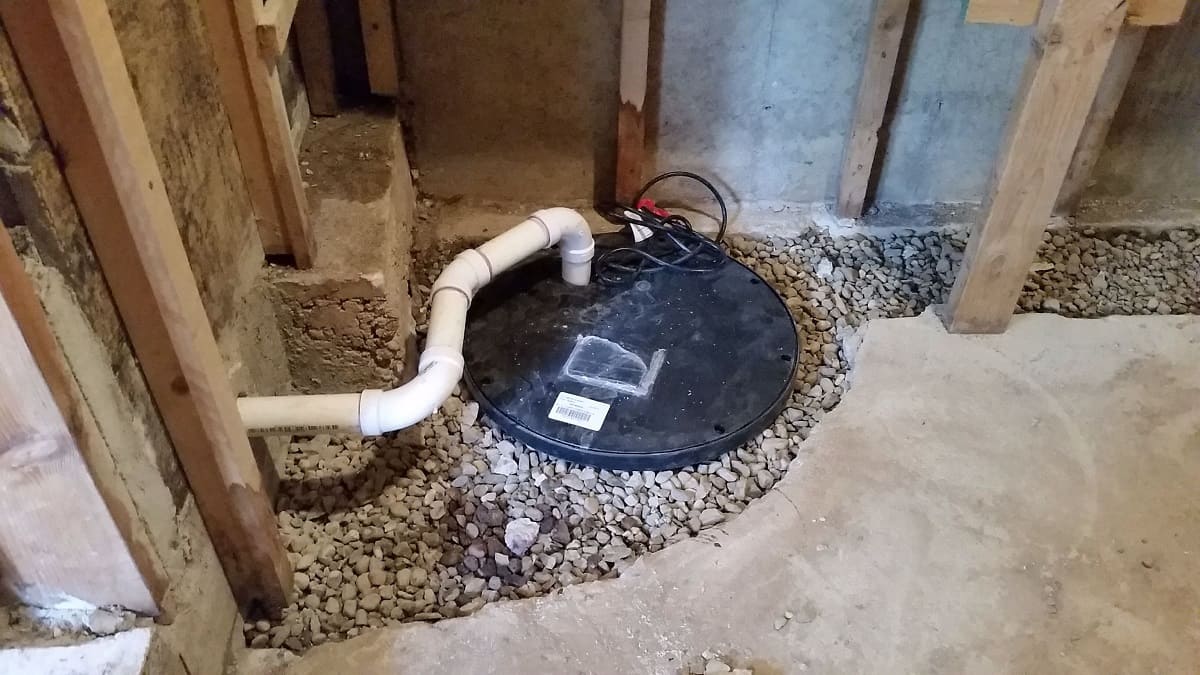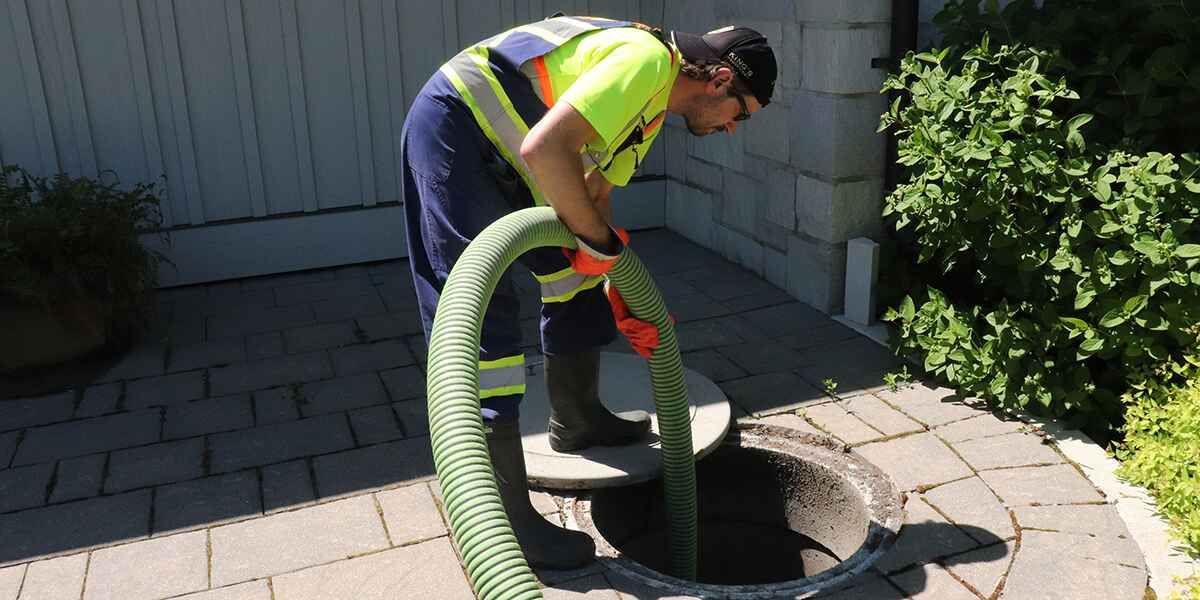Were you trying to find insight about Keep Your Sump Pump Clean, It'll Keep You Dry?

Sump pumps are essential elements in numerous homes, especially in locations susceptible to flooding or too much wetness. They help prevent water damage by efficiently getting rid of excess water from cellars or crawl spaces. However, like any other home appliance, sump pumps require regular maintenance to guarantee they operate effectively when needed one of the most. Cleansing your sump pump is an essential part of its upkeep, and recognizing how to do it appropriately can save you from pricey fixings and prospective calamities.
Intro
Keeping a clean sump pump is vital for its proper performance and long life. Overlooking this vital task can result in clogs, malfunctions, and eventually, water damage to your residential property. Consequently, learning how to clean a sump pump is crucial for property owners that rely upon these devices to maintain their cellars dry and safeguarded.
Understanding the Sump Pump
Prior to diving right into the cleansing process, it's vital to have a fundamental understanding of just how a sump pump functions. Normally mounted in a pit or basin below the basement floor, a sump pump consists of numerous key parts, consisting of a pump, a float button, and a discharge pipe. When water collects in the pit, the float button triggers the pump, which then pumps the water out with the discharge pipeline, far from the structure's foundation.
Indications of a Dirty Sump Pump
Understanding when your sump pump requires cleaning is essential for preventing possible malfunctions. Some typical indications that indicate an unclean sump pump include weird sounds throughout operation, reduced water flow, and noticeable debris in the pit. If you observe any of these signs and symptoms, it's vital to cleanse your sump pump immediately to stay clear of any kind of further problems.
Getting ready for Cleaning
Prior to you begin cleaning your sump pump, it's important to take some security precautions. Begin by shutting off the power to the pump to avoid any kind of electrical accidents. Furthermore, put on proper protective gear, such as gloves and goggles, to shield on your own from dirt, particles, and possible microorganisms.
Step-by-step Guide to Cleansing a Sump Pump
Turning off the Power
Begin by detaching the power supply to the sump pump to avoid any kind of accidents while cleansing.
Getting Rid Of Particles and Dirt
Use a bucket or an inside story to get rid of any visible particles, dust, or debris from the sump pit. Dispose of the particles correctly to stop it from obstructing the pump or the discharge pipe.
Cleaning up the Pump and Float Switch
As soon as the pit is free from particles, thoroughly eliminate the pump from the pit. Evaluate the pump and the float button for any type of signs of damages or wear. Use a soft brush or cloth to clean the surface areas and get rid of any accumulated crud.
Purging the System
After cleaning up the pump and float switch, purge the sump pit with tidy water to get rid of any staying dirt or sediment. This will help make certain that the pump operates smoothly and successfully.
Looking For Proper Performance
Before re-installing the pump, perform a quick examination to make sure that the float switch activates the pump correctly. Put some water right into the sump pit and observe the pump's operation. If everything is operating correctly, you can reassemble the pump and reconnect the power supply.
Upkeep Tips to Keep Your Sump Pump Clean
In addition to regular cleansing, there are numerous upkeep suggestions you can follow to maintain your sump pump in optimal condition:
- Normal Examination: Inspect your sump pump consistently for any type of indications of wear, damage, or blockages.
- Maintaining the Surrounding Area Clean: Ensure that the area around the sump pit is devoid of debris, dirt, and obstructions.
- Evaluating the Pump Occasionally: Examine your sump pump regularly by putting water into the pit and observing its procedure. This will certainly assist you identify any possible concerns before they rise.
Final thought
Cleaning your sump pump is a critical element of its maintenance and ensures that it operates properly when you require it one of the most. By complying with the steps outlined in this overview and integrating routine upkeep right into your regimen, you can expand the lifespan of your sump pump and safeguard your home from water damages.
6 STEPS ON HOW TO CLEAN A SUMP PUMP PROPERLY
UNDERSTANDING SUMP PUMPS
Your sump pump plays a crucial role in protecting your home by managing and removing excess water. It primarily functions as a “shield”, guarding your basement against the damaging effects of water accumulation. The pump is housed in a sump pit in the lowest part of your basement, and its job is to pump out any water that collects there.
During heavy rainfalls or when snow melts rapidly, water can infiltrate your basement, posing potential risks like flooding, structural damage, and harmful mold growth. Here, the sump pump springs into action, pumping out the intruding water and directing it away from your home.
SAFETY FIRST
Before cleaning, remember to prioritize safety. Disconnect the sump pump from the power source to prevent any accidental electric shocks. Also, wear sturdy gloves to protect your hands from any sharp or dirty components within the pump.
REMOVE THE SUMP PUMP
After ensuring your safety, the next step is to remove the sump pump from its pit. Doing this might require careful maneuvering as you don’t want to damage any pump components. Once removed, clean the sump pit to remove any accumulated debris or sludge.
INSPECT THE PUMP
Inspect the pump for any visible signs of wear or damage. Check the power cord, float switch, and impeller housing. If any components look worn out or damaged, consider replacing them to ensure optimal performance.
CLEAN THE PUMP
Thoroughly clean the pump with warm, soapy water. Make sure to rid it of any dirt, gravel, or other debris that might impede its performance. You can use a toothbrush to clean the small, hard-to-reach parts of the pump.
REINSTALL THE SUMP PUMP
- Reinstall the pump into the sump pit
- Make sure it’s positioned correctly to remove the water effectively
- Once it’s back in place, reconnect it to the power source
TEST THE PUMP
Finally, pour some water into the pit to ensure the pump works correctly. It should start automatically and begin pumping out the water; if it doesn’t, check the power source and the positioning of the pump.
Remember, while cleaning your sump pump is an essential part of home maintenance, hiring a professional plumber for a thorough inspection and cleaning at least once a year is also important. This will ensure that your pump is in optimal condition, ready to protect your home from potential water damage.
BEST PRACTICES FOR CLEANING SUMP PUMP DISCHARGE PIPES
- Regular Inspection: Regularly inspect your discharge pipes, especially during heavy rainfall or snowmelt periods. Look for any signs of blockage or damage. Early detection of problems can prevent serious issues down the line.
- Periodic Cleaning: Over time, sediment and debris can accumulate in the discharge pipes, impeding the flow of water. Regular cleaning helps keep the pipes clear and functioning efficiently. You can use a high-pressure water jet to effectively clean the pipes.
- Insulation During Winter: In colder climates, discharge pipes can freeze, blocking the outflow of water. Protect your discharge pipes from freezing temperatures by insulating them with foam pipe insulation. This will ensure the sump pump can continue to discharge water even in freezing conditions.
- Proper Positioning: The discharge pipe should be positioned to direct water away from your home’s foundation. Improper positioning can lead to water seeping back into the basement. Ensure the pipe is long enough and angled correctly.
- Installation of a Check Valve: A check valve prevents water from flowing back into your sump pit after the pump has pushed it out. Installing a check valve helps maintain the efficiency of your sump pump and reduces the risk of flooding.
- Minimize Pipe Turns: Every curve or turn in the discharge pipe can decrease the efficiency of water flow. By minimizing turns and bends in your discharge pipe, you can increase the efficiency of your sump pump.
https://www.fullspeedplumbing.com/how-to-clean-a-sump-pump-properly9999/

As a passionate person who reads on Cleaning & Maintenance Tips for Your Home's Sump Pump, I thought sharing that chunk was a smart idea. Liked our entry? Please quickly share it. Help others find it. I enjoy your readership.
Get A Free Quote
Comments on “Proven Methods for Servicing a Sump Pump”